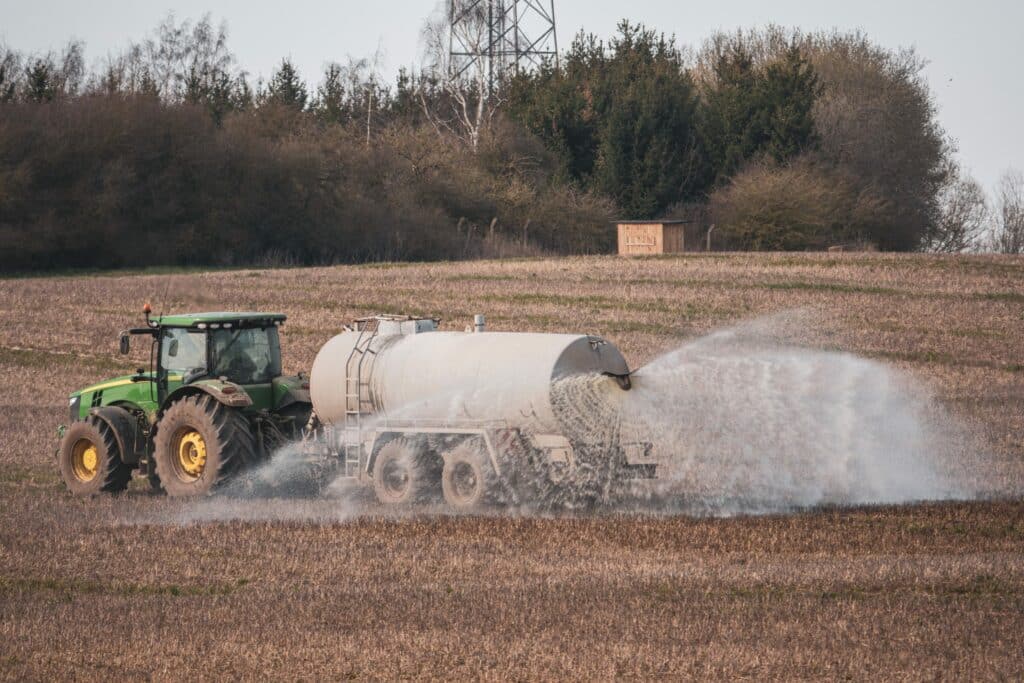Source: Xavier Flotats Ripoll, Pig333.com, 11 February 2022, photo credit: 123RF/karegg
In a situation of nutrient balance between the nutrients produced and the needs of the crops, priority is given to the transport and application management and the fertilizer quality of the slurry. Which systems allow me to optimise these?
The priority in this situation is to have a fertilization plan, to manage the logistics of transport and application, and to ensure the fertilizer quality of the slurry.
Fertilizer quality of slurry
Maintaining the fertilizer quality of slurry involves measures to prevent the loss of ammoniacal nitrogen by volatilization during storage and application. These measures can be:
- Removing the slurry from the barns as soon as possible, preferably on a daily basis.
- Covering the ponds to avoid ammonia volatilization.
- Acidification of slurry, or its liquid fraction, also to prevent ammonia volatilization.
- Using soil application systems via surface deposition or manure injection, in order to make nutrients directly available to plants.
The fertilization plan must be adapted to each crop, both in terms of annual application rate and application method. Thus, some crops may require application by precision fertigation techniques, for which a solid/liquid separation and a filtration of the liquid fraction will be appropriate, which will allow the use of drip irrigation methods. In this case, the solid fraction can be applied before planting or to horticultural crops after composting. Whether to avoid the loss of fertilizer value or to comply with the fertilization plan, the potential treatment must be designed to meet the objective of exploiting the fertilizer value of the slurry to suit the needs of the crops, in space and time. Adequate storage capacity is the first requirement for adaptation over time.
Read more
The South African Pork Producers’ Organisation (SAPPO) coordinates industry interventions and collaboratively manages risks in the value chain to enable the sustainability and profitability of pork producers in South Africa.
















